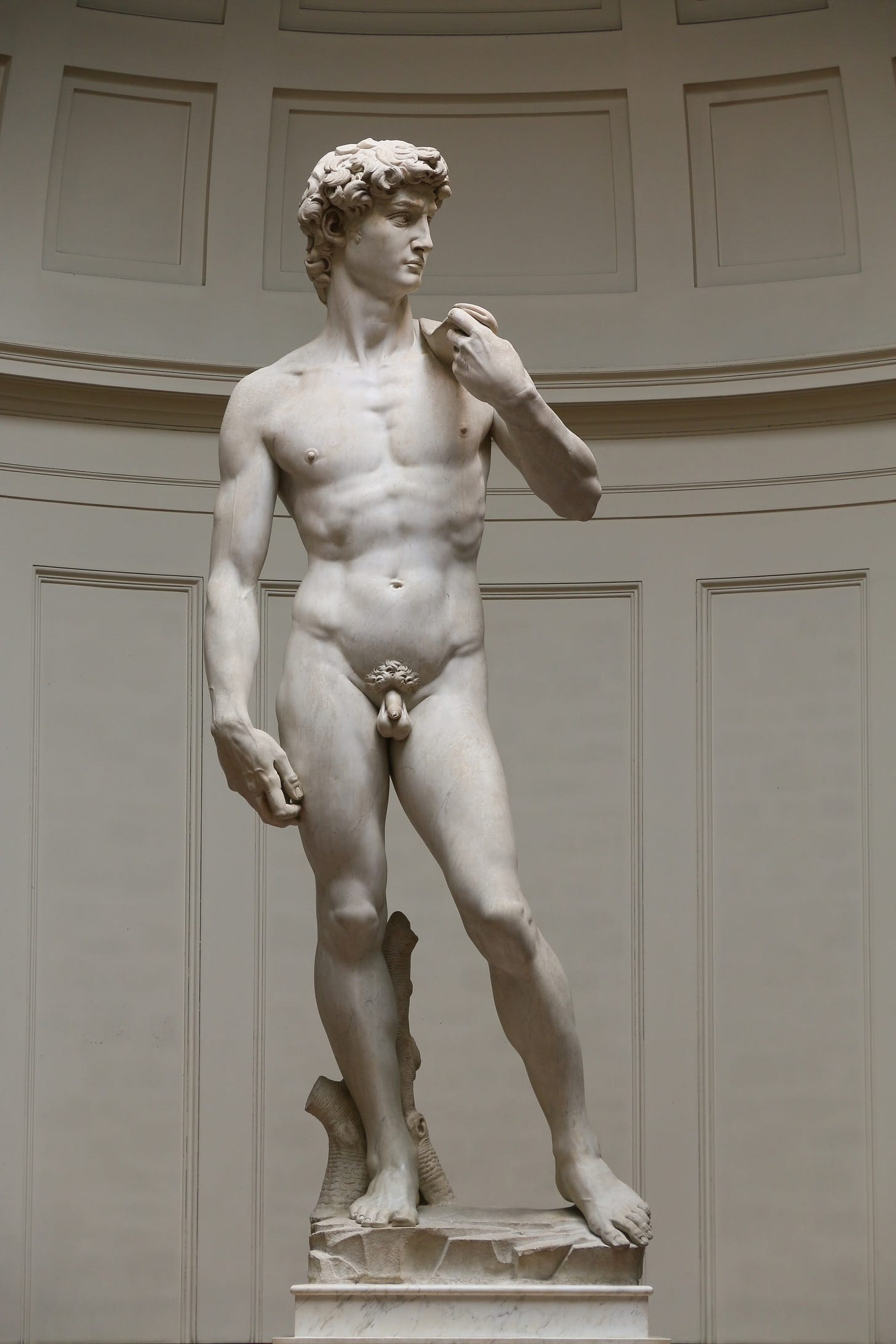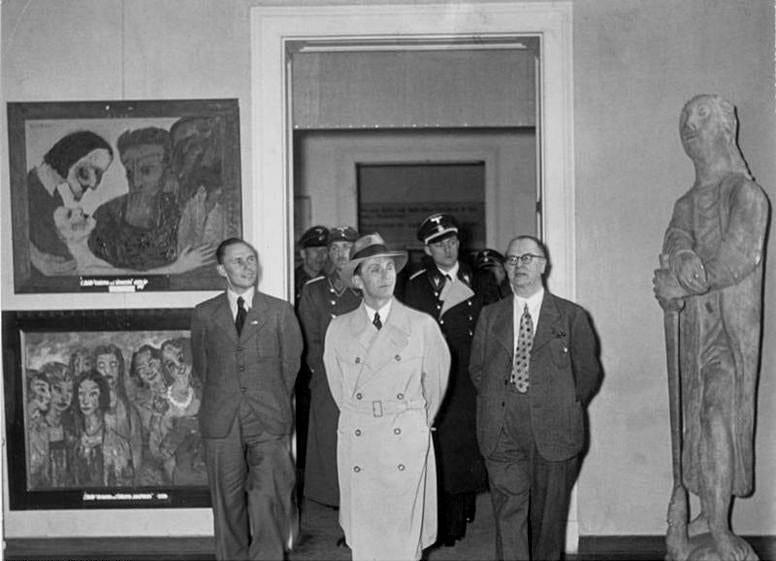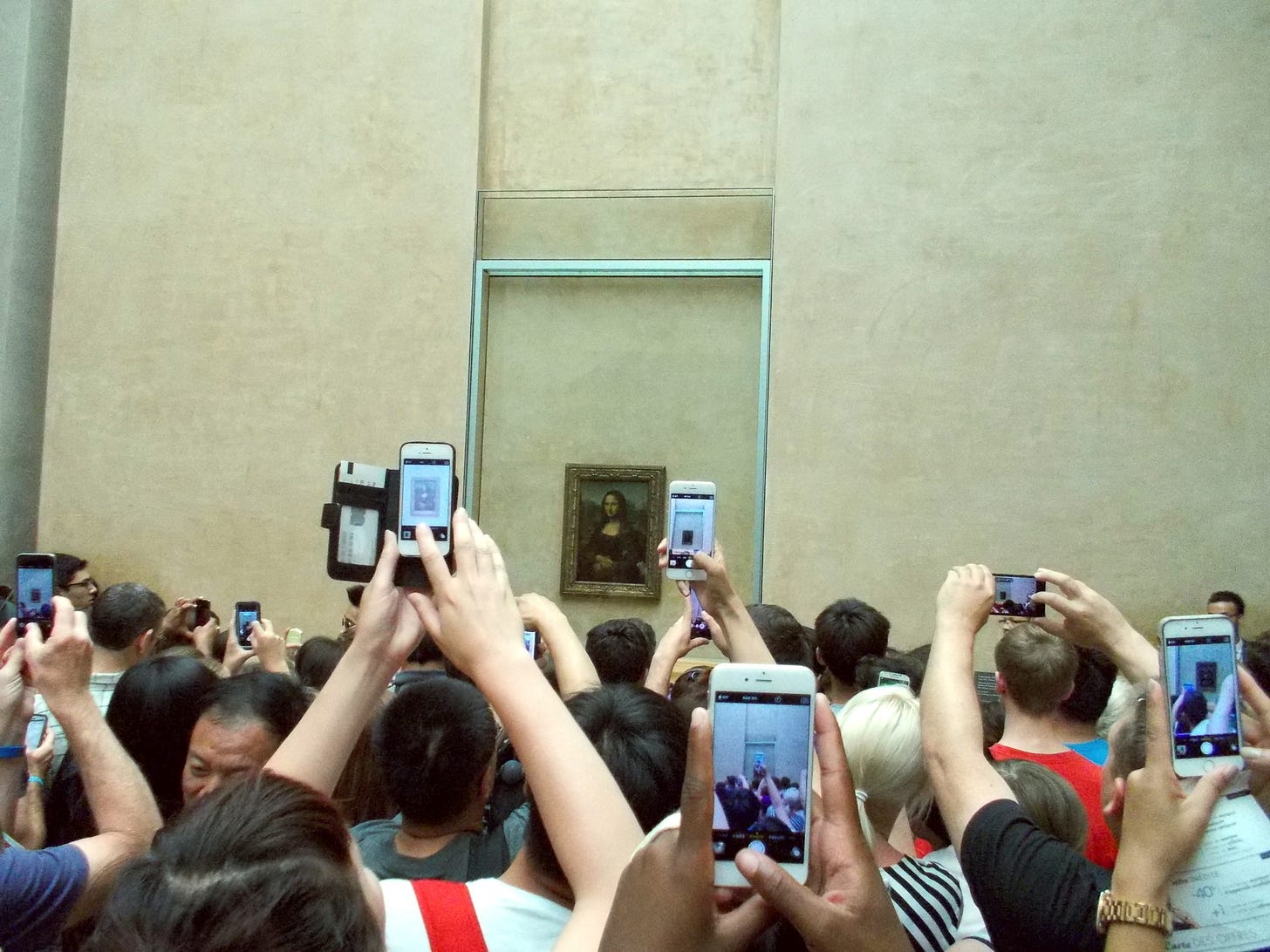Destroying David and Other Priceless Works of Art
Attempts to deface and obliterate the world’s most famous artistic objects
There’s an element of destruction in the human spirit. How else can we explain what we’ve done to the earth? How can we explain murder and war and genocide? How else can we allow our fellow human beings to live on the street, or let children starve? We like destroying things and we like destroying people — even ourselves sometimes. This at least partially explains the opioid crisis, eating too much, and smoking to name a few.
This pathology to destroy doesn’t just impact people, it also affects our culture — and our artworks. Humans — for many different reason s ranging from psychosis to politics — often try to destroy great works of art, sometimes to create further art or to provide a comment or criticism on the original piece, but often just for destruction’s sake it seems.
David
Through the years, Michelangelo’s David — one of the most famous works of art in the world — has born the brunt of more than one would-be destroyer’s vengeance.
In 1991, almost 500 years after he was carved from a single block of granite, Piero Cannata entered the Galleria dell’Accademia museum in Florence with a hammer and struck David’s left foot. He said he was ordered to do so by a model called Nani of 16th century Venetian painter Varonese. He ended up breaking the second toe of David’s left foot. Museum restoration officials have since repaired the toe, and were able to figure out where the granite came from that David is carved from in the process.
Two decades before this, Michelangelo work was attacked in 1972 in the Vatican. Hungarian Lazlo Toth took a hammer to the Pieta in St. Peter’s Basilica, disfiguring the face of the madonna and shattering the left arm. The assailant spent two years in an insane asylum, and the reconstructed Pieta is now shielded behind protective glass.
Iconoclasm
Going further back, during the Protestant Reformation in Europe, a great deal of Medieval and Renaissance religious art was destroyed in the Protestant areas — known as iconoclasm — mostly in orderly official removals, but sometimes in riotous attacks. Notably, the Beeldenstorm (image or statue storm) of 1566 in the modern day Netherlands region, in which all forms of Catholic art, church fittings, and decoration were destroyed in unofficial or mob actions by Calvinist Protestant crowds as part of the Protestant Reformation. Known as iconoclasm, this movement of destruction swept Europe, especially in Switzerland and the Holy Roman Empire in the period between 1522 and 1566 — and notably in Zürich (1523), Copenhagen (1530), Münster (1534), Geneva (1535), and Augsburg (1537). In England, there was both government-sponsored removal of images and also spontaneous attacks from 1535 onwards, and in Scotland from 1559. In France, there were several outbreaks as part of the French Wars of Religion from 1560 onwards.
War and nazis
Four centuries later, in the 1930s and 1940s, Nazi Germany destroyed works of art they labeled “degenerate,” which could mean almost anything at the time. These degenerate deemed works of art were often non-realistic forms of art, such as cubism and surrealism. Art created by Jewish artists was also patently destroyed. It is also said that tens of thousands of artworks were destroyed in the various military actions of World War II. David was encased in a brick tomb during the war, so thankfully he survived. The Mona Lisa was also on forced holiday in Chateau de Chambord.
Mona Lisa
In 1956, a vandal threw acid at the lower part of the Leonardo Da Vinci’s most well known work, a painting of towering importance — Mona Lisa’s all knowing eyes and cheeky smirk were completed in 1506. Back to 1956, which was a particularly bad year for the old girl. After the acid attack, another assault was waged in 1956, as a young Bolivian man flung a rock at her, chipping the pigment on Mona’s left elbow. Bullet-proof, triple-laminated glass has kept Mona Lisa safe against more recent attacks — including a Louvre souvenir mug heaved at the painting by a Russian woman distraught over being denied French citizenship in 2009.
Today
Indeed more art has probably been destroyed than remains — even in the art filled churches and museums of Europe. Artworks are still being destroyed today. Most remember the Islamic Front destroying ancient artworks at Palmyra in Syria, and just the other day, during the filming of BBC’s limited series The Outlaws, the actor Christopher Walken painted over an original Banksy street painting in Bristol, England — Banksy’s hometown.






